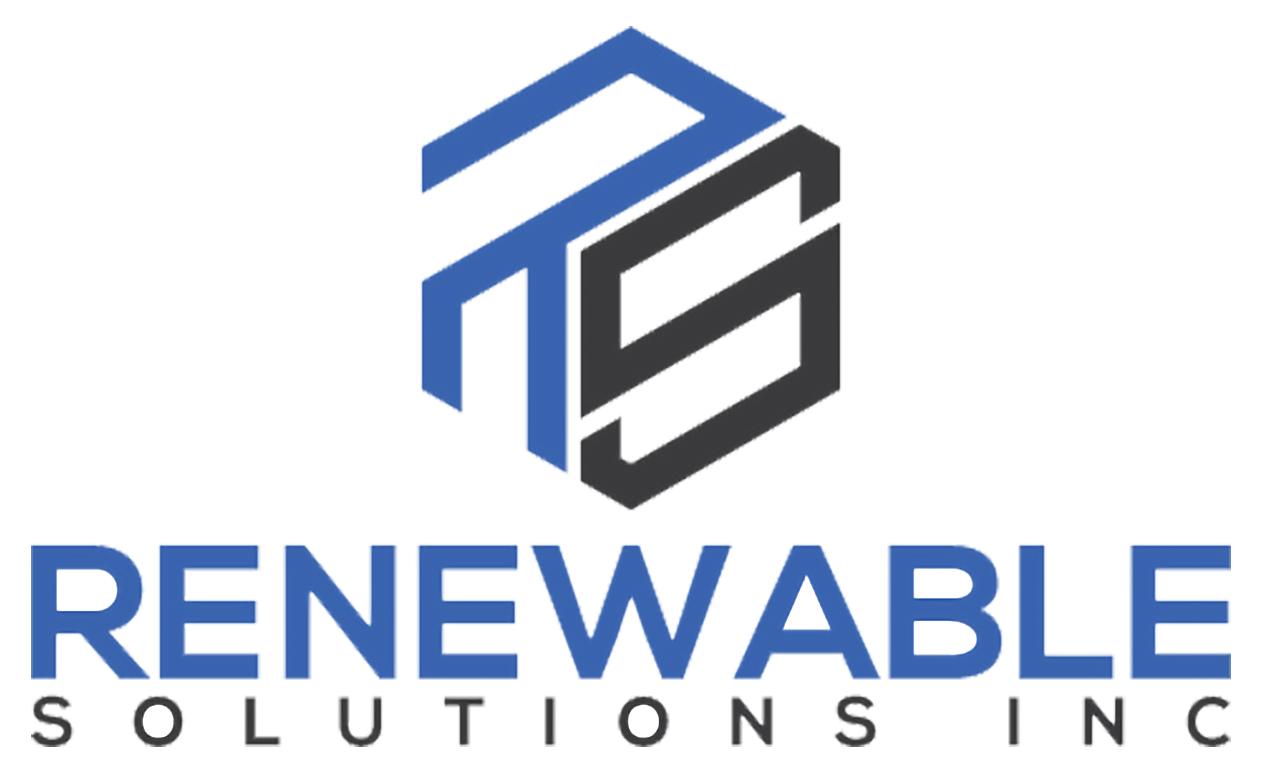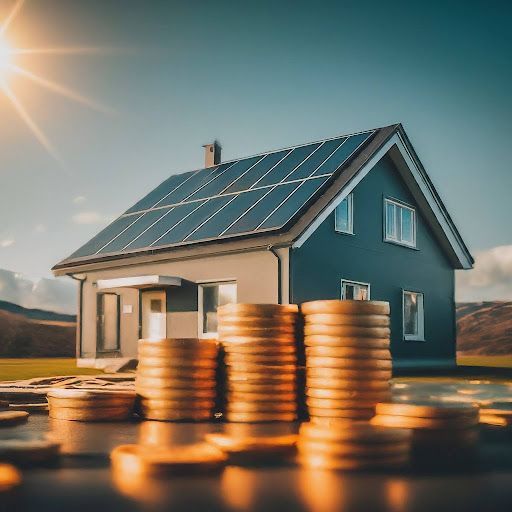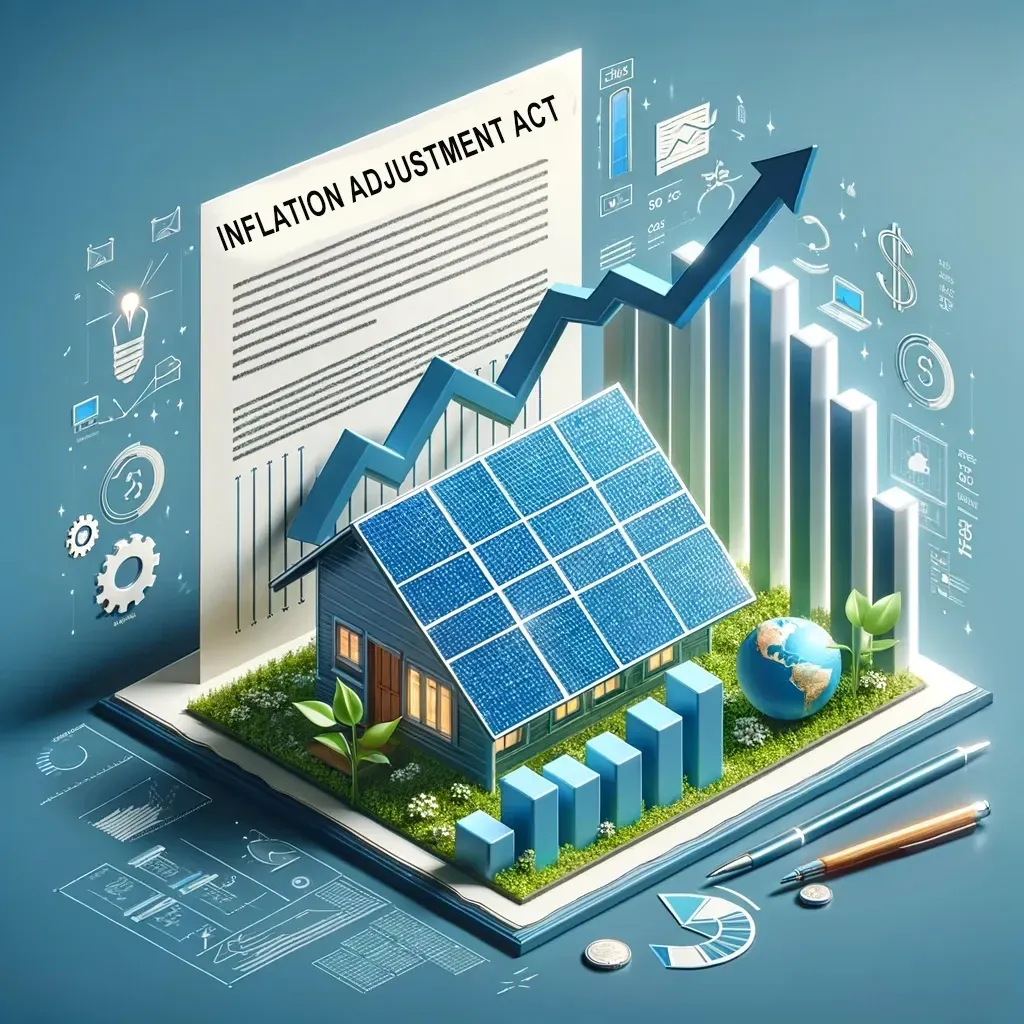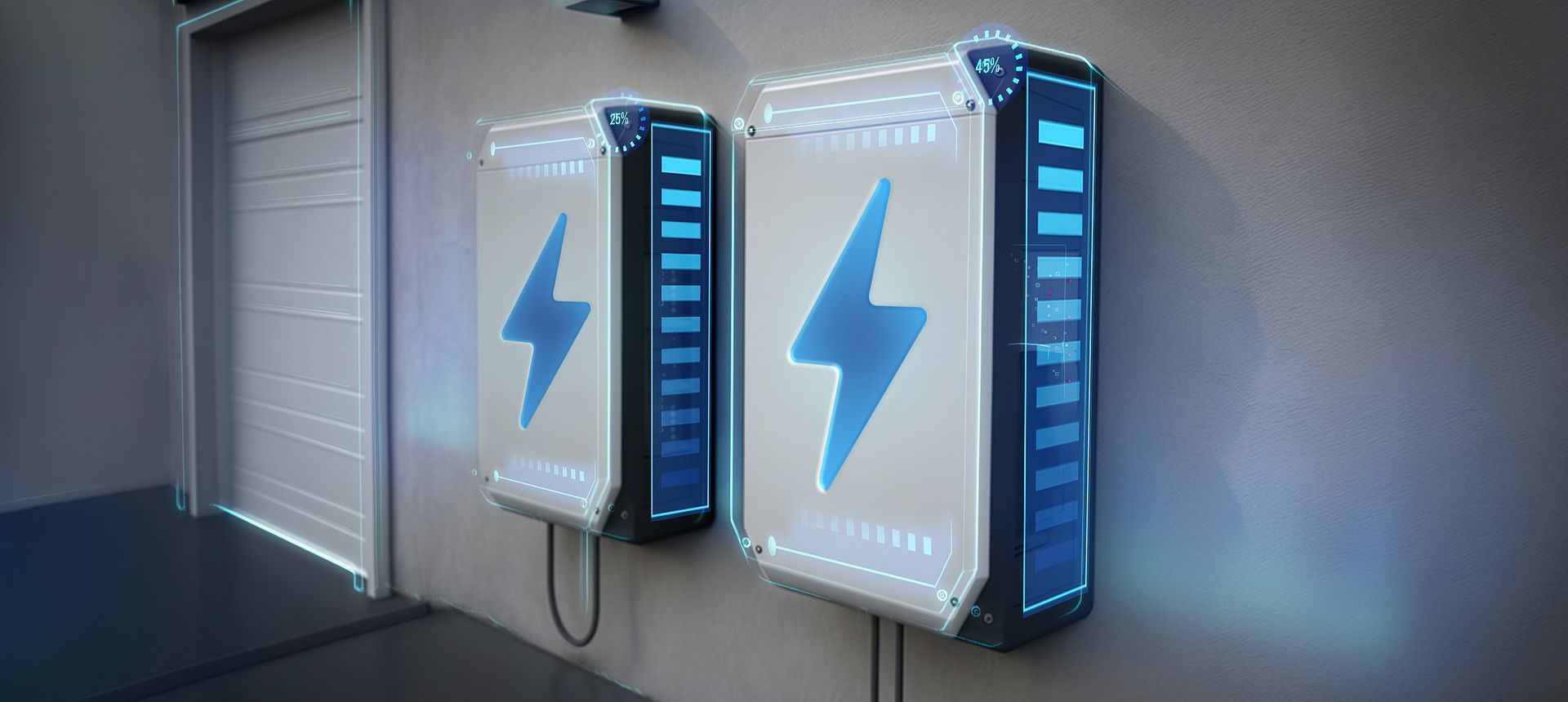Up to 30% Federal Tax Credit Available | $250-$1000 for customer referrals!
PG&E Proposes 22% Rate Hike. Are you ready to get a solar quote now?
Though PG&E's request will no doubt be lowered, can you afford an additional 12% hike that is more likely next year? Stop the rate hikes with solar.
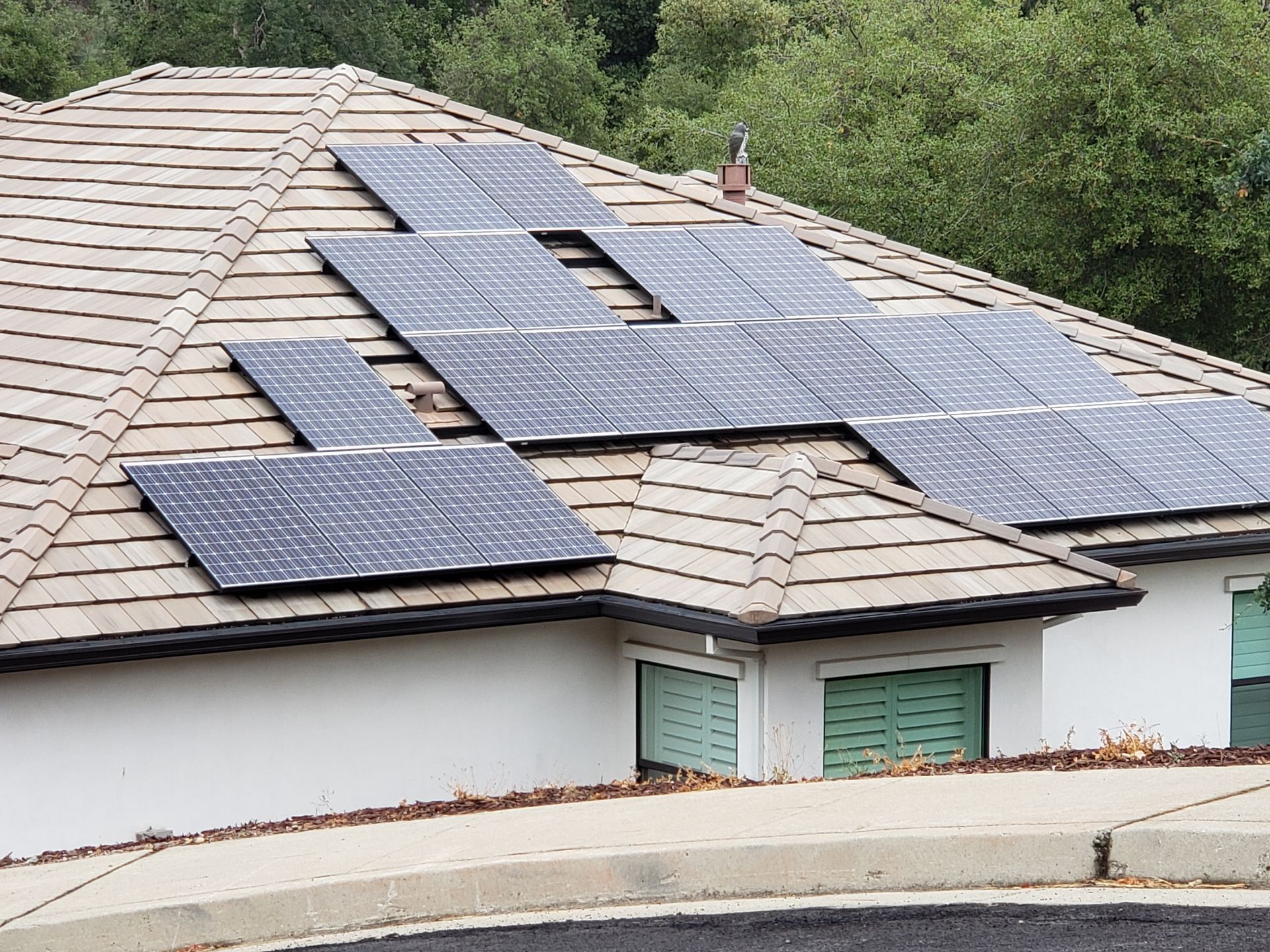
3 Minute Read
Contents
- PG&E Announcement on Rate Hikes
- CPUC Response
- Options to go solar look even better
- What Renewable Solutions can do to help
PG&E Announcement on Rate Hikes
I was doing some casual reading about the solar industry, searching for articles about utilities and cost rises throughout the nation when I came across this one, right here in beautiful California. Well, it shouldn't really be a surprise to those of us that live in the Golden State with all the recent fires that have devastated communities for the past few years. Couple that with evidence that the utility company was to blame in some of the incidents and their main source of revenue comes from us the consumer-- we are all in this together having to pay to legal bills. Actually, that isn't necessarily true if you switch to solar, right?
Here's a summary of the news on the proposed rate hike. If you are a PG&E customer in Northern California, the utility company has asked the California Public Utilities Commission (CPUC) to approve a 22% increase in rates, which would take effect in 2024. PG&E says it needs more revenue to cover the costs of inflation, wholesale natural gas prices, and risk reduction projects, such as burying power lines underground to prevent wildfires.
CPUC Response
However, not everyone is convinced that PG&E's proposal is justified or fair. The CPUC has countered with a lower increase of 12%, which would still allow some undergrounding but also focus on insulating power lines. Customer advocates have argued that both proposals are too high and would burden customers who are already struggling with high energy costs. They have also questioned PG&E's track record of safety and reliability, especially after the company's equipment was found to have caused several devastating wildfires in recent years.
The CPUC is expected to make a decision on PG&E's rate request at its next meeting on Nov. 2. Until then, customers can voice their opinions and concerns by contacting the CPUC or attending public hearings. As a former PG&E customer myself (of course, I have a solar system on my home now!), I hope that the CPUC will balance the need for safety and reliability with the affordability and fairness of rates. I also hope that PG&E will be more transparent and accountable for its spending and performance.
But while we wait for the CPUC's decision, there is another option that you can consider: investing in solar energy. Solar energy systems can generate significant electricity savings while reducing reliance on the grid. The state's net metering program allows solar owners to receive credits for excess electricity they generate, further enhancing financial benefits. This is known an NEM 3.0 (take a look at NEM 3.0 info here).
Options to Go Solar Look Even Better
California also offers various incentives for solar energy, such as tax credits, rebates, financing options, and property tax exemptions. These incentives can lower the upfront cost of solar panels and increase the return on investment over time. According to Forbes, California solar incentives can save homeowners up to 50% on their solar panel costs. As the writing of this article, California still has funds available to homeowners purchasing new solar panels such that instant rebates of $26,400 can be applied to Tesla Powerwall Batteries. The details for application of this program can be pretty complicated. I have heard that many companies aren't even discussing this when quoting solar because of the complexity. We go to great lengths to help see if you qualify. We know how awesome solar batteries can be in adding value to your solar system. Check out some of the qualifying details right here on our website.
Solar energy is not only good for our wallets, but also for our environment and health. Solar energy reduces greenhouse gas emissions and air pollution, which contribute to climate change and respiratory diseases. Solar energy also supports local jobs and economic growth, as California is home to many solar companies and manufacturers.
What Renewable Solutions Can Do To Help
With PG&E's rate hike looming, now is a great time to explore investing in solar energy. Solar energy can help us save money, protect the environment, and gain energy independence. If you are interested in going solar, you can start by getting quotes from different solar companies and comparing their offers. Are you ready to make yourself the utility company, keep your rates in check for the next 25+ years, and relax knowing that rate hikes are no longer your concern? Put us to work getting a solar estimate put together for you. Click here to request a quote today!
The Good Earthling
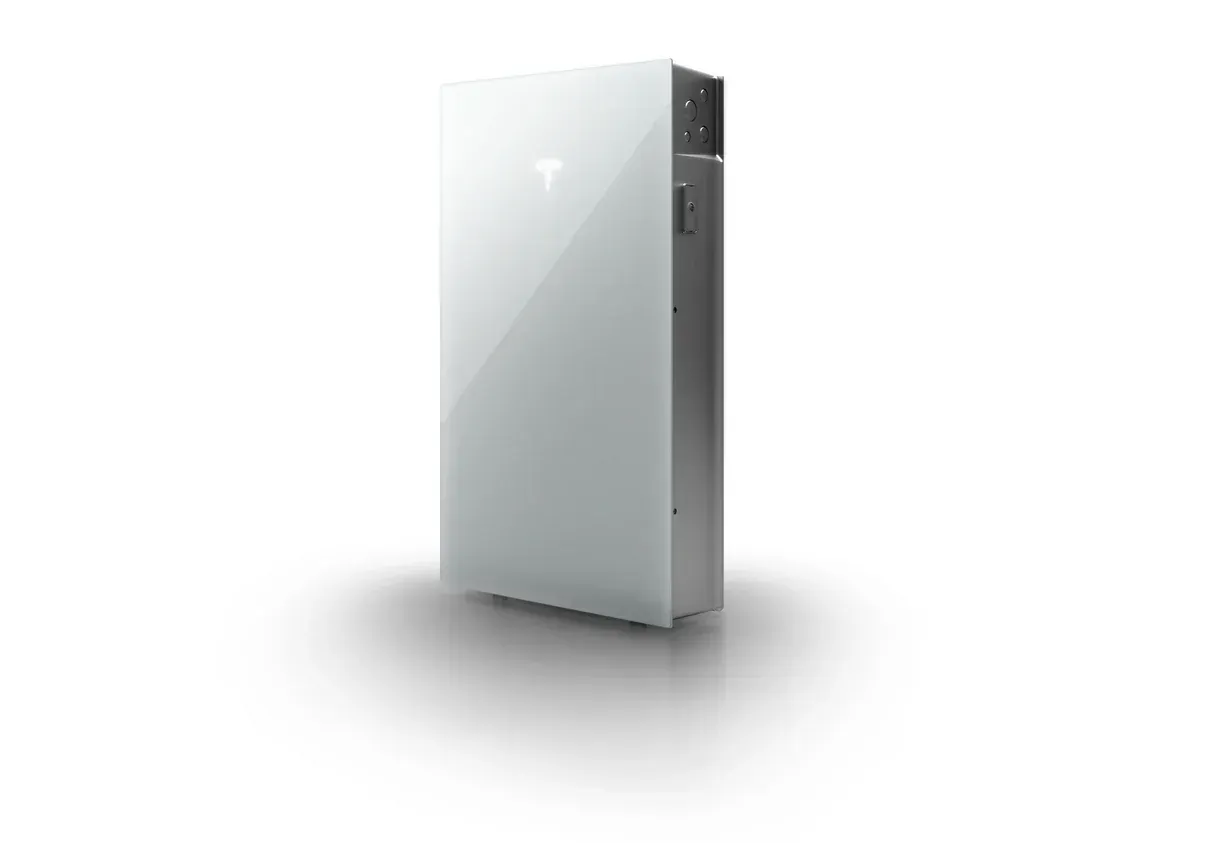
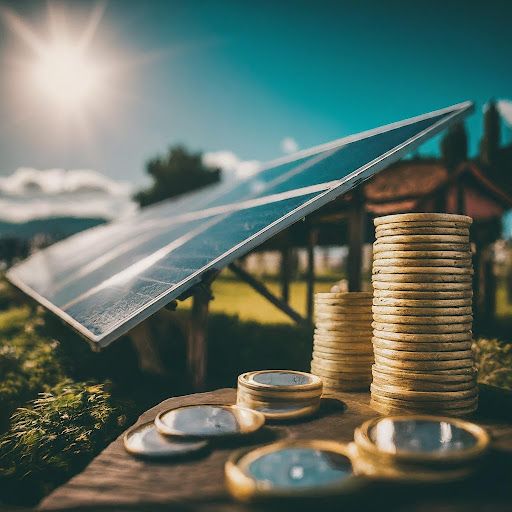

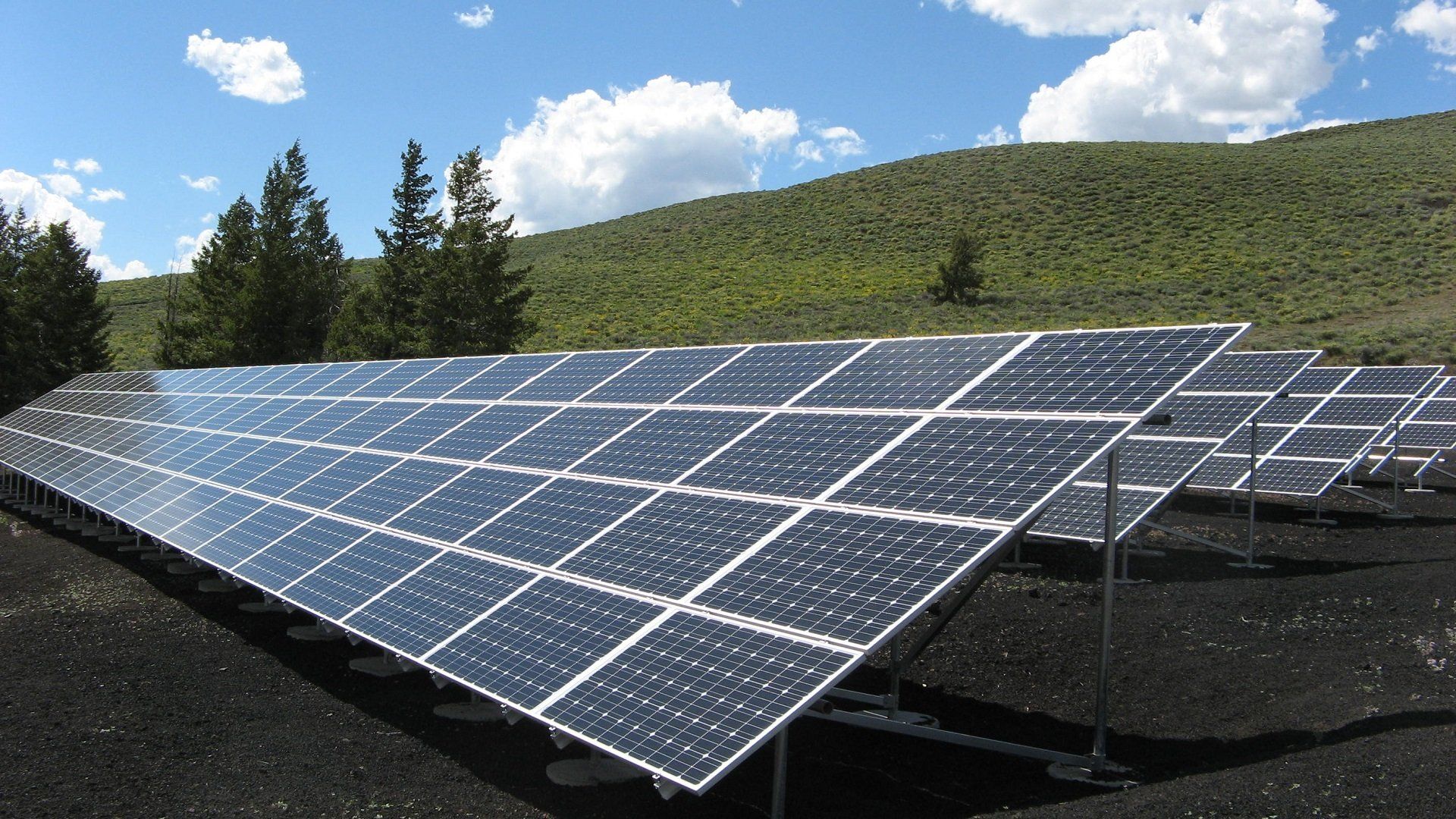
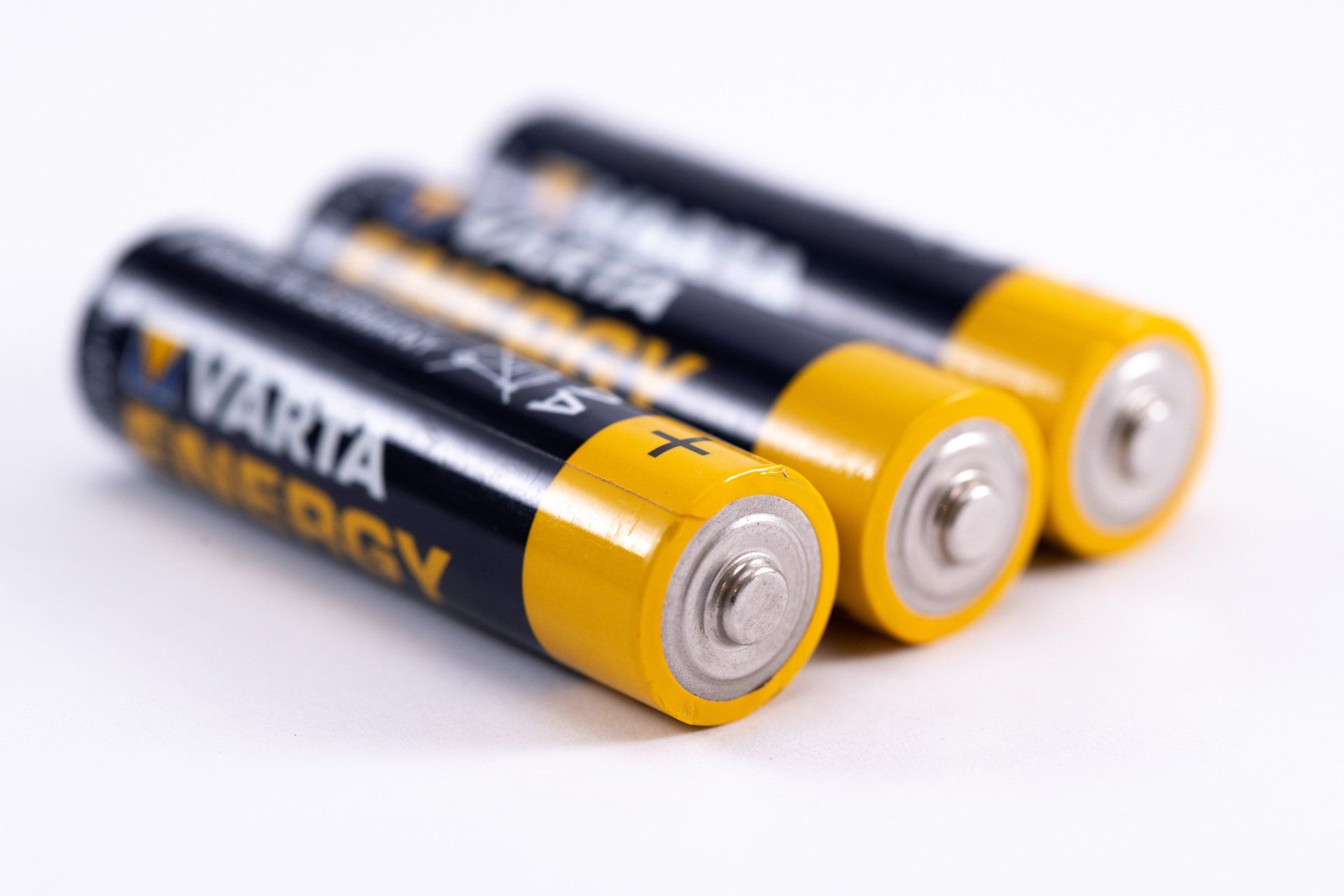
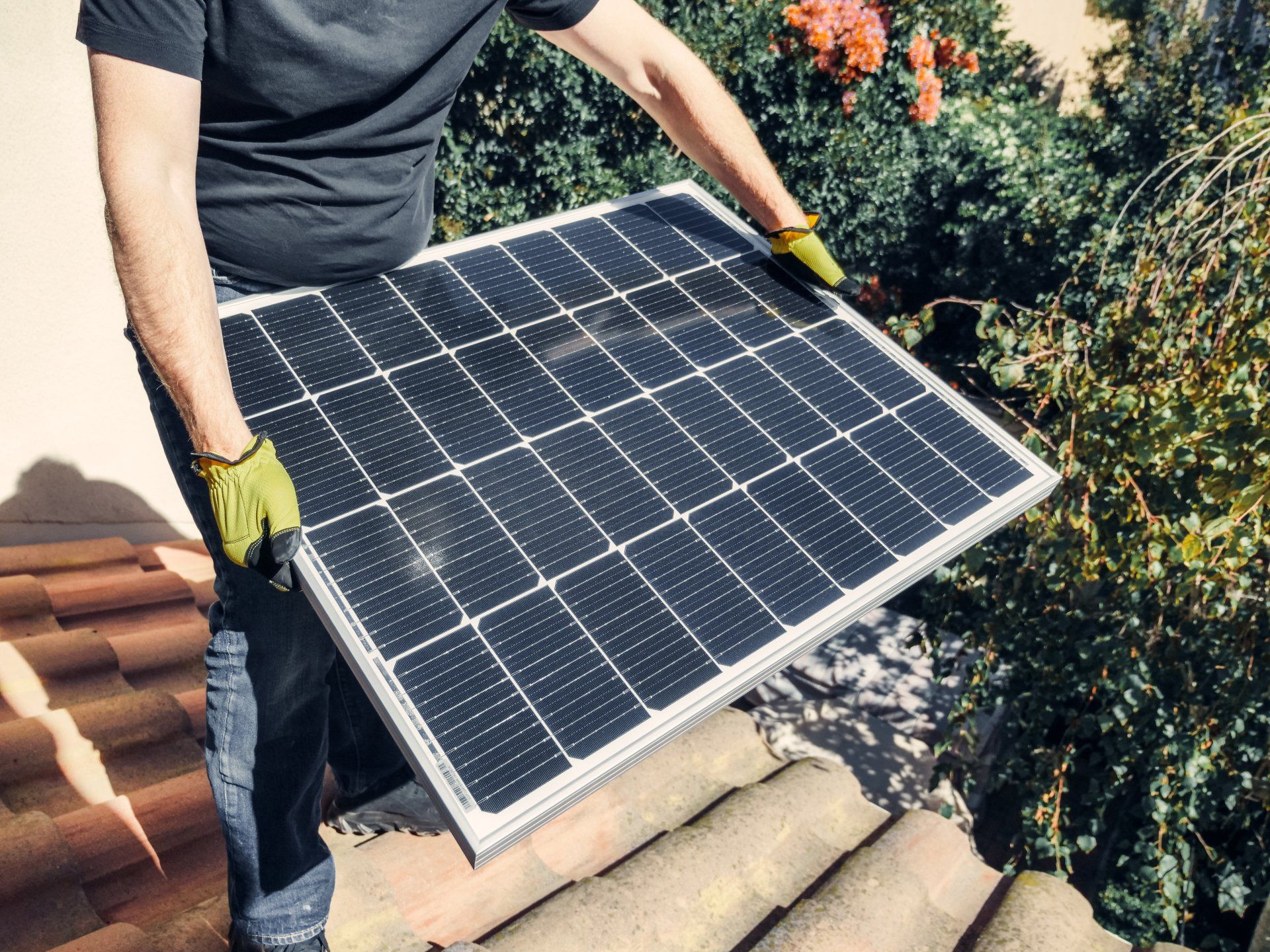
Offering solar, battery backup, roofing, and windows. Products that save you money and energy.
